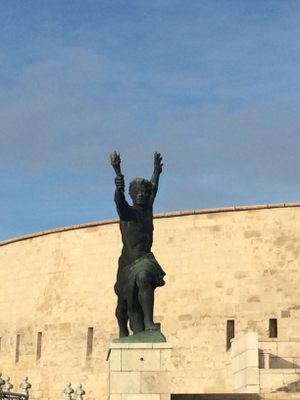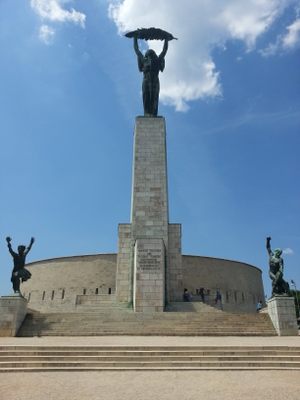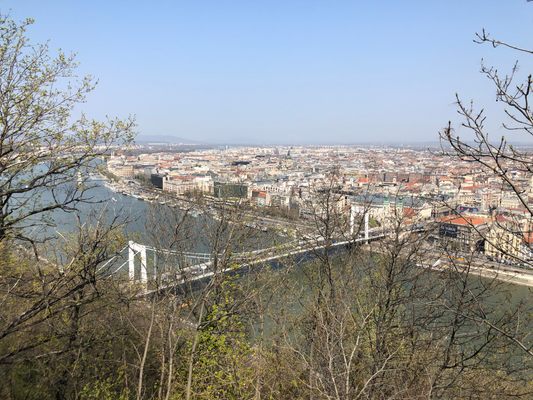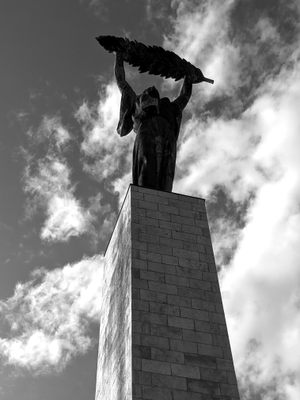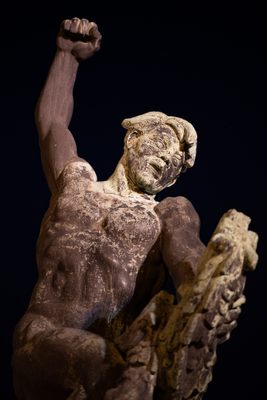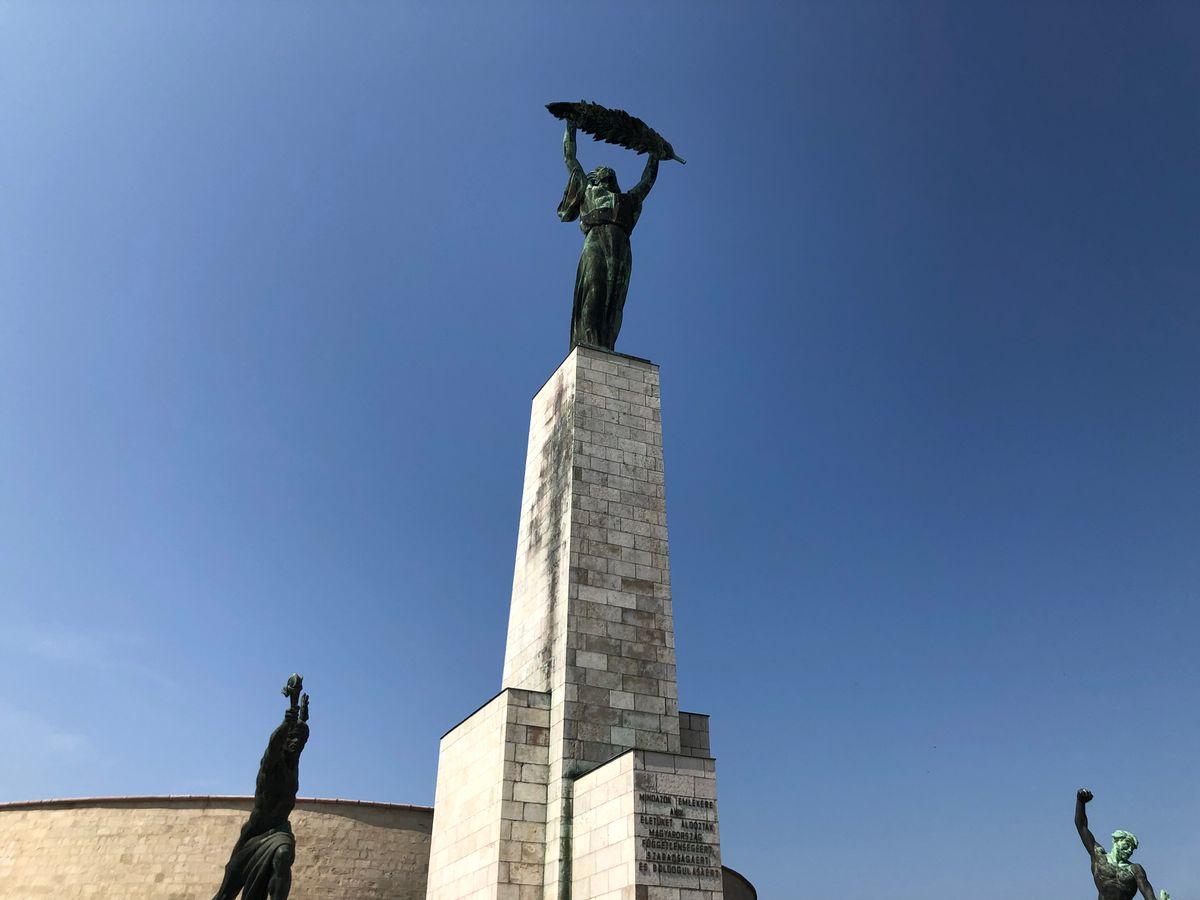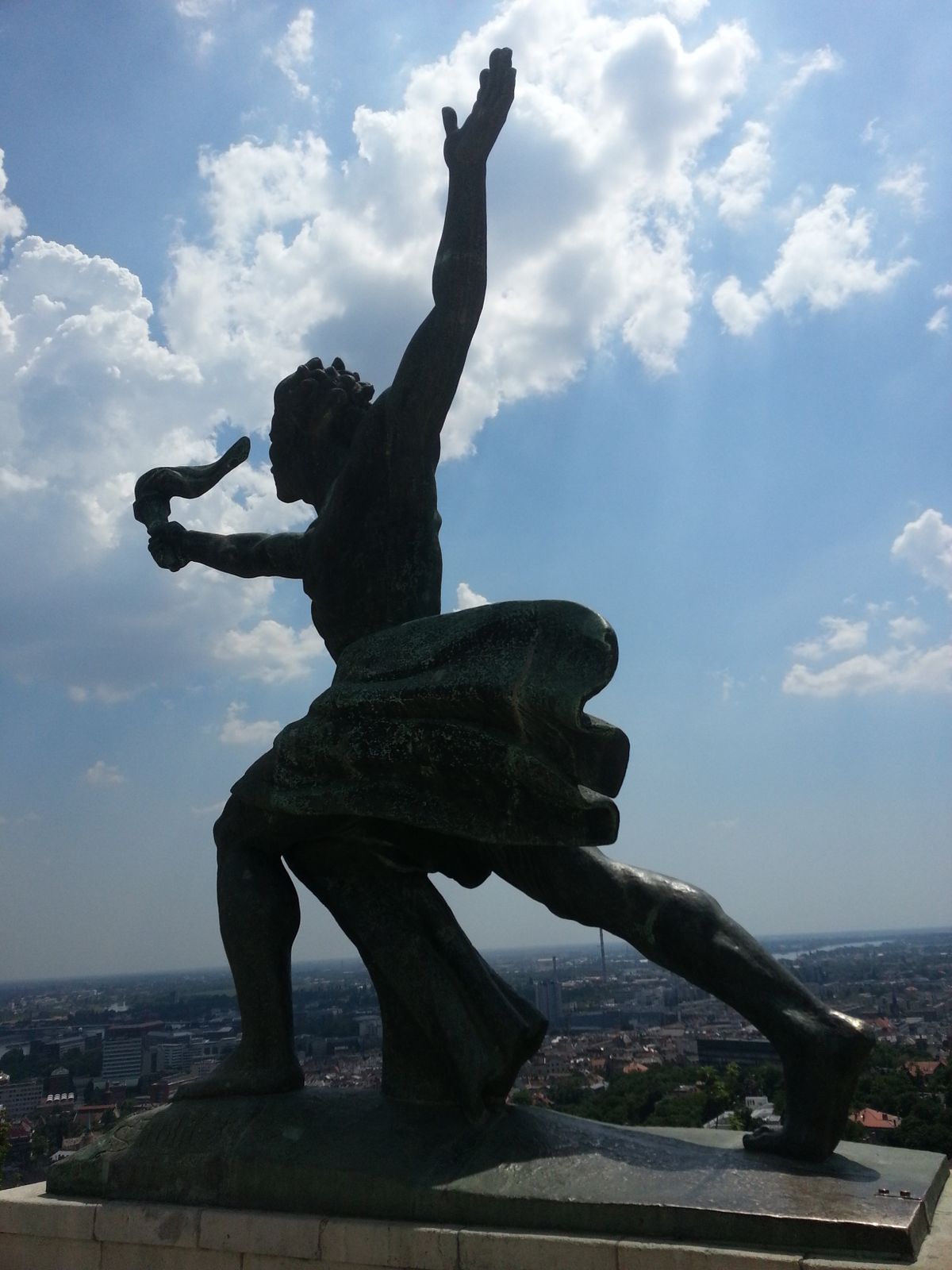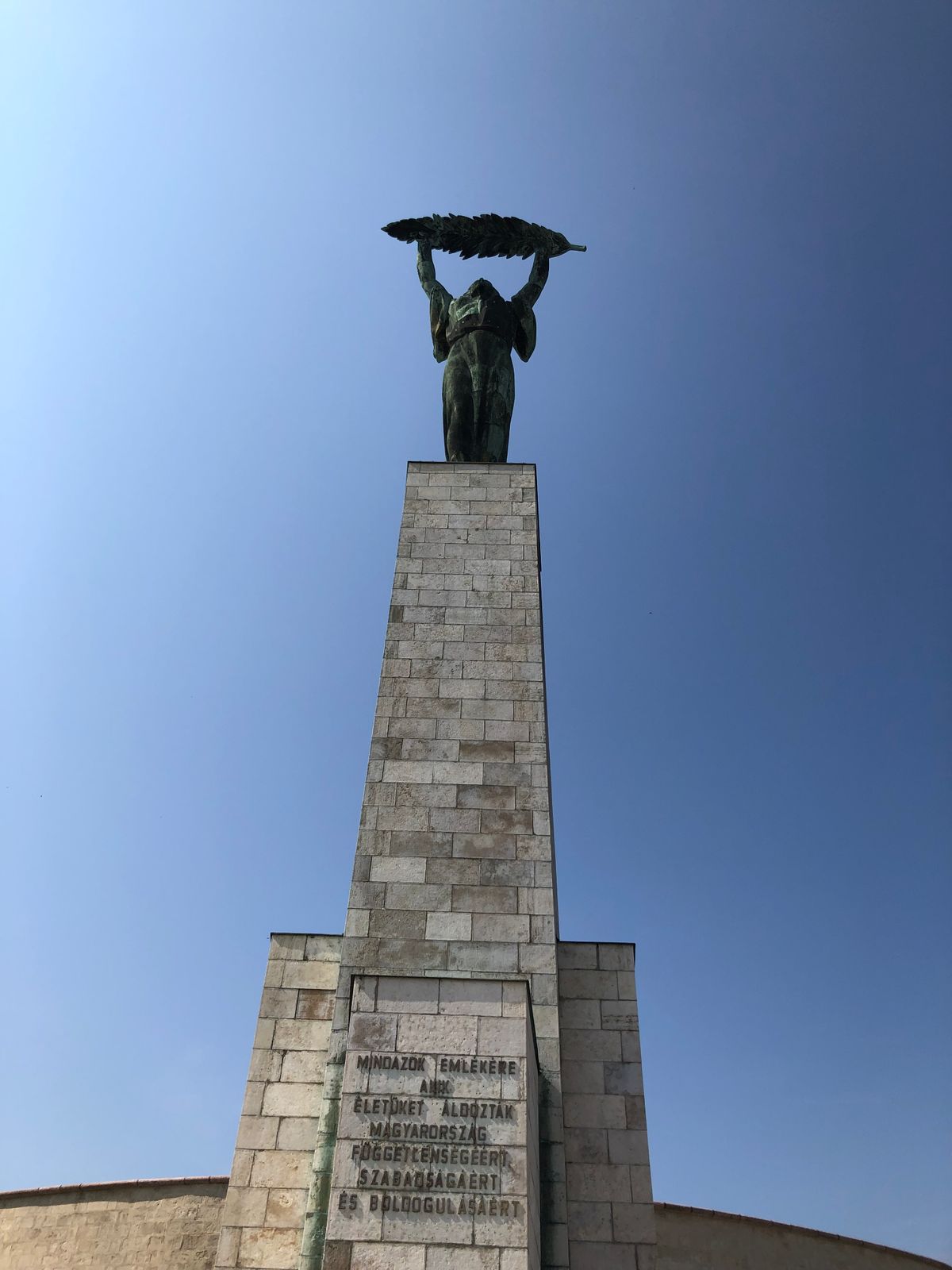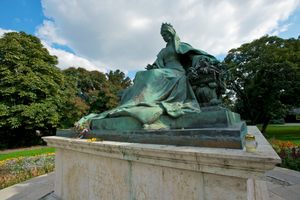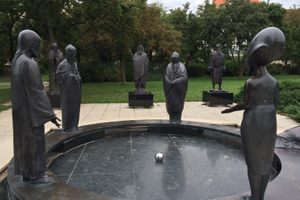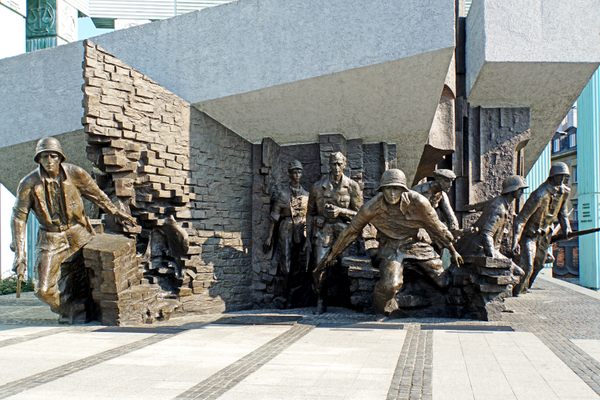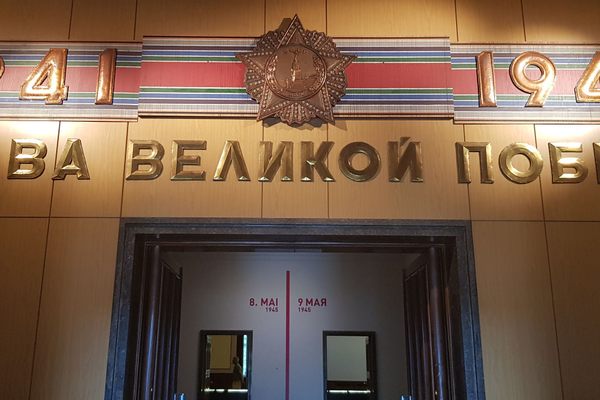About
The Citadella was constructed in 1854 by the Hapsburgs as part of their strategy to supervise formerly rebellious Budapest and Hungary to prevent another uprising. The Citadella remains a symbol of oppression as well as liberty.
A massive structure 220 meters long, 60 meters wide, and 4 meters tall, the Citadella was occupied by the Austrians until 1899. The locals, still angered by that symbol of foreign oppression started the demolition of the walls, however, most of the citadel structure still stands, and was subsequently used by both Nazis and Communists as a surveillance position, taking advantage of its amazing view over the city.
The Nazis used the Citadella mainly as an anti-aircraft position and bunker. Once the Red Army advanced to the city and recovered the territory, the Citadella was used by the Communists as well. After the Hungarian uprising in 1956, the mounted weapons were pointed not to the skies but to the civilian population below.
The Communists also took advantage of the high position of the structure and decided to erect a monument that would remind the locals of the sacrifice made by the Eastern liberators who freed the city from the German invaders.
Once the monument was finished, it displayed five statues: A woman carrying a torch, representing progress; a man fighting a five-headed dragon symbolizing the struggle against the forces of evil (the Axis powers probably); two Red Army soldiers, representing the liberators; and atop the monument, a 14-meter statue of a woman holding a palm leaf with both hands up to the sky, representing liberty. Once the Communist influence vanished after the fall of the Soviet Union in 1991, the statue of the Red Army soldiers were removed and taken to the Statue Park along with the remaining works of art honoring the invaders of an occupation that lasted four decades.
Nowadays the Citadella remains a popular tourist destination. It is a fascinating site where one can see all the wonders of a city that has been called the Paris of Central Europe, as well as explore its troubled history.
Update as of December 2019: The interior of the Citadella is currently closed indefinitely to the public.
Related Tags
Know Before You Go
The Citadella can be reached by bus 27 from Móricz Zsigmond körtér. It is atop Gellert Hill.
Community Contributors
Added By
Published
April 9, 2015









